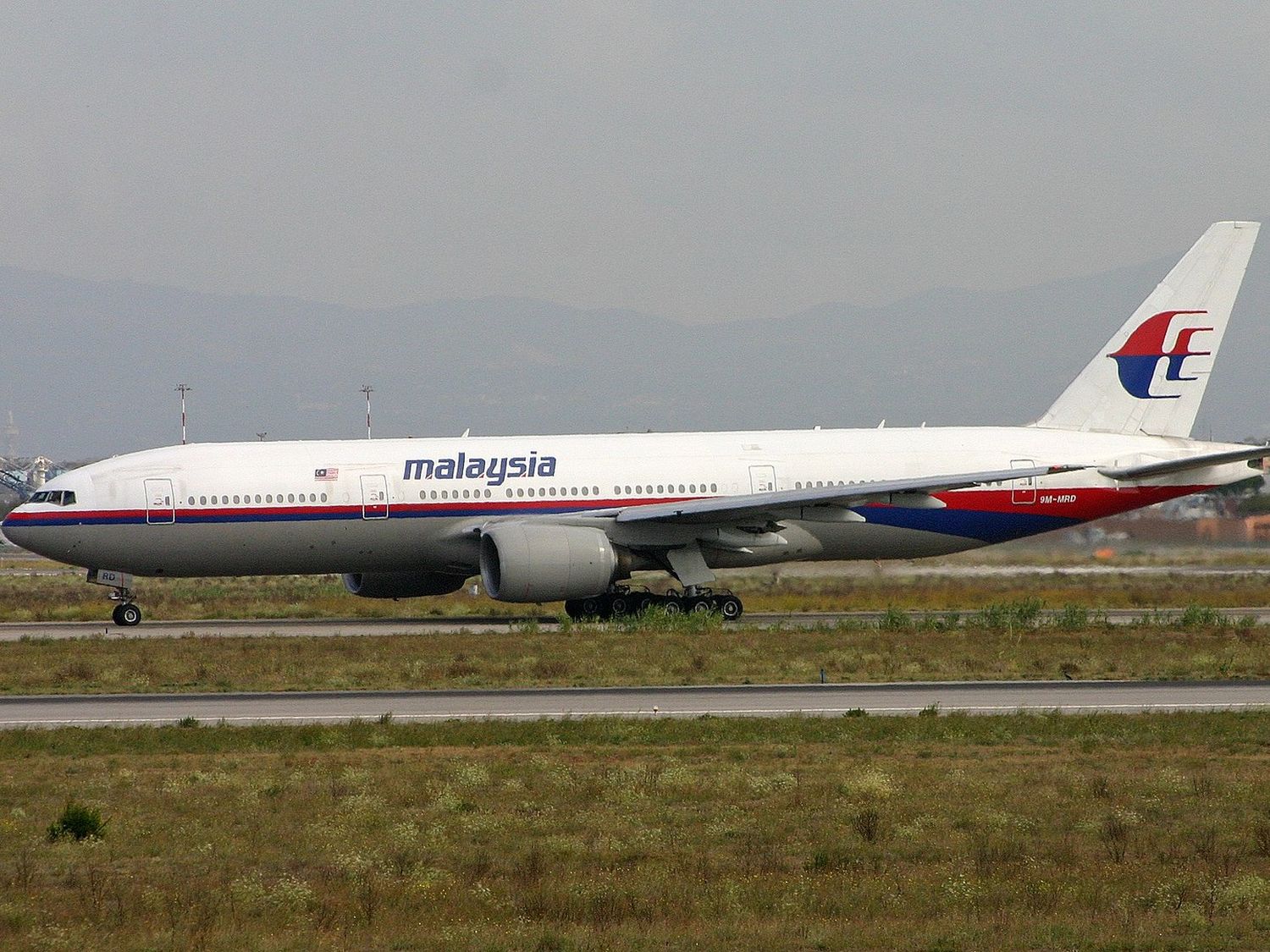EXCLUSIVO AVIACIONLINE PRO
AVIACIÓN COMERCIAL
Fabricantes/MRO
Automatización y vuelo manual: ¿Sueñan los Airbus con Pilotos Eléctricos?
Aviación Comercial
Aerus competirá con Mexicana en la ruta entre el AIFA y Ciudad Victoria a partir de julio
AVIACIÓN SOSTENIBLE
FABRICANTES / MRO
Aviación Comercial
De la mano de Iberia y Vueling, España se consolida como el mercado aerocomercial más grande de Europa
AEROPUERTOS E INFRAESTRUCTURA
Fabricantes/MRO


